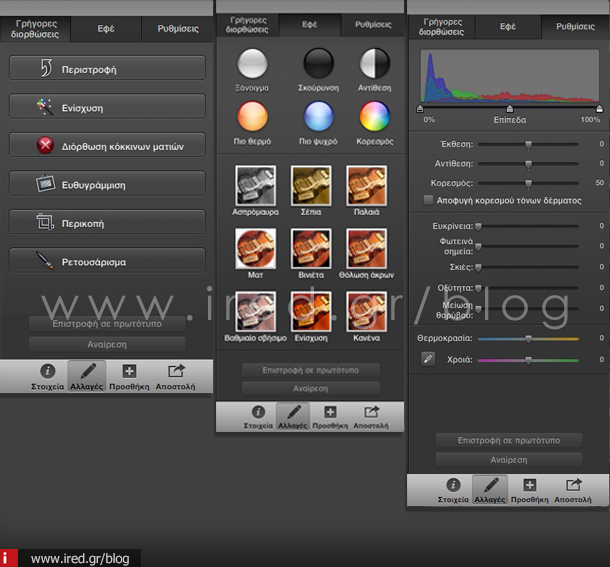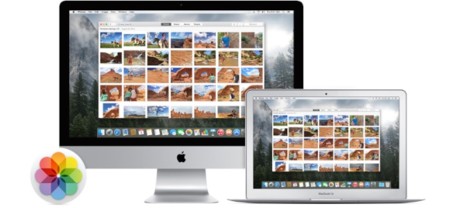

- #ABOUT IPHOTO FOR MAC PRO#
- #ABOUT IPHOTO FOR MAC PASSWORD#
- #ABOUT IPHOTO FOR MAC SERIES#
- #ABOUT IPHOTO FOR MAC FREE#
You can define a single password for access to your computer’s albums, but there’s no way to define separate accounts for each album. In the iPhoto Preferences dialog, you can opt to turn on Sharing, which allows you to publish any or all Smart Albums to the Rendezvous network. Smart Albums also take advantage of iPhoto’s new Rendezvous networking support. Though the Smart Album rule set is thorough, we were disappointed that there’s no facility for building rules based on an image’s appearance, a feature that’s been available in other image catalogers for years.
#ABOUT IPHOTO FOR MAC SERIES#
For a production workflow, they allow you to automatically organize images based on filename, meaning your photographers can do a lot of your organization work for you, by simply following a nomenclature that matches your Smart Album rules (see Figure 2).įigure 2: Smart Albums can be quickly defined by setting up a series of rules that automatically filter your library for matching images. Smart Albums are a very handy addition and are very well implemented. You can define multiple rules for a Smart Album, and re-define the rules at any time. A new rating feature lets you assign a star rating of 1 to 5 to each image, and you can create a Smart Album that automatically selects pictures with a given rating. So, you can create an album that automatically displays all images shot on a particular date, or that includes particular comment text or naming characteristics.

Smart Albums let you create an album that’s automatically populated with images from your main library according to an easily defined set of rules. Note that the Library is automatically delineated by date. iPhoto 4, though, adds a few new features to the Source list, which should be familiar to users of the current version of iTunes (see Figure 1).įigure 1: iPhoto’s interface remains mostly unchanged, but for the new entries in the Source List on the left. The images themselves appear in the right-hand pane as thumbnails or full-size images. The left pane of the main window features the Source List where you can switch between viewing your entire library, or an album of pictures culled from that library. Overall, the iPhoto interface has not changed. Even OS X 10.3’s new Finder windows feel very similar to the iApps, meaning that there’s a very smooth integration of interface between Apple’s core applications and the Finder. If you’re already used to an application like iTunes, iPhoto feels very familiar. The big appeal with iPhoto, of course, is its ease of use and standard interface in line with the other iLife applications. But at $49, iPhoto would be a good deal even as a standalone product.
#ABOUT IPHOTO FOR MAC FREE#
Though iPhoto was free for the first 3 releases, version 4 is now only available as part of iLife, Apple’s $49 suite of digital media applications - iDVD, iMovie, iTunes, and GarageBand. Is it up to tackling more than simple consumer tasks? But iPhoto’s low price and simple, straightforward interface give it special appeal. There are several very good image catalogers for the Mac that sport the features you need to manage complex production cycles, be they Web, print, or photography production (Extensis Portfolio and Canto Cumulus come to mind). Fortunately, the new version sports performance improvements, and one or two features that improve its appeal for more serious photo management workflows.
#ABOUT IPHOTO FOR MAC PRO#
And while iPhoto has long had one of the best interfaces of any Mac-based photo cataloger, its feature set and performance have not been up to pro (or semi-pro) standards.

Organizing and managing a large library of photos requires a good image-cataloging application. Although digital cameras may make your imaging workflow much faster and cheaper, they also make it possible to generate incredible amounts of data.


 0 kommentar(er)
0 kommentar(er)
